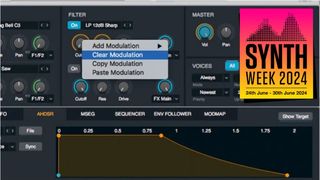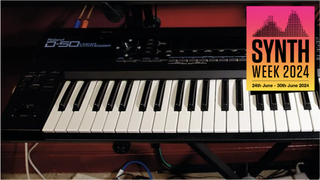synthweek24
Latest about synthweek24
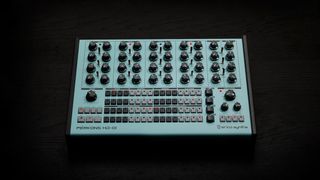
PĒRKONS HD-01 "tears down the borders between drum machine, synthesizer, and drone instrument"
By MusicRadar Team published
PĒRKONS HD-01 is a unique live performance and sound design instrument
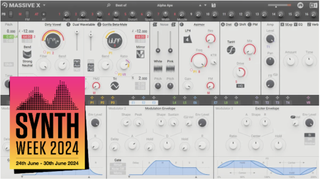
How to craft the perfect synth bassline
By Si Truss published
Get the lowdown on low-end with our guide to bass synthesis
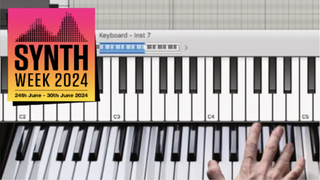
How to play mono synth properly: all the skills you need to master
By Music Radar published
How playing mono synths differs from standard keyboards
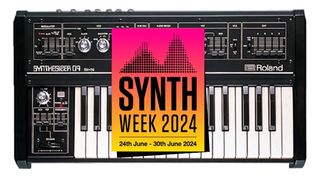
12 synths that should have been classics, but weren’t
By Scot Solida published
Inventive and inspiring, but doomed to fail. These are the often-innovative electronic instruments never received the love they deserved
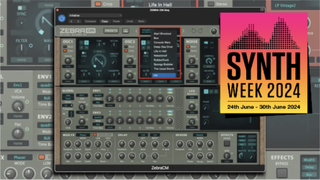
Make a modern soft synth sound like a dusty old ’70s vintage synth… for free!
By Andy Jones published
Get those vintage vibes without the price tag…
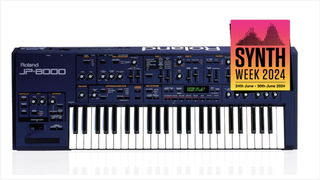
Celebrating 60 years of the synth: the '90s
By Computer Music published
As the '80s drifted from mostly analogue to largely digital, would the '90s be the decade when the synth scene settled? Not really…
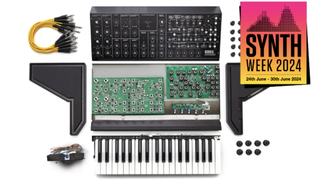
What's so special about analogue synthesizers?
By Future Music published
Do analogue synths really sound better? You bet they do, and here's why…
Want all the hottest music and gear news, reviews, deals, features and more, direct to your inbox? Sign up here.

